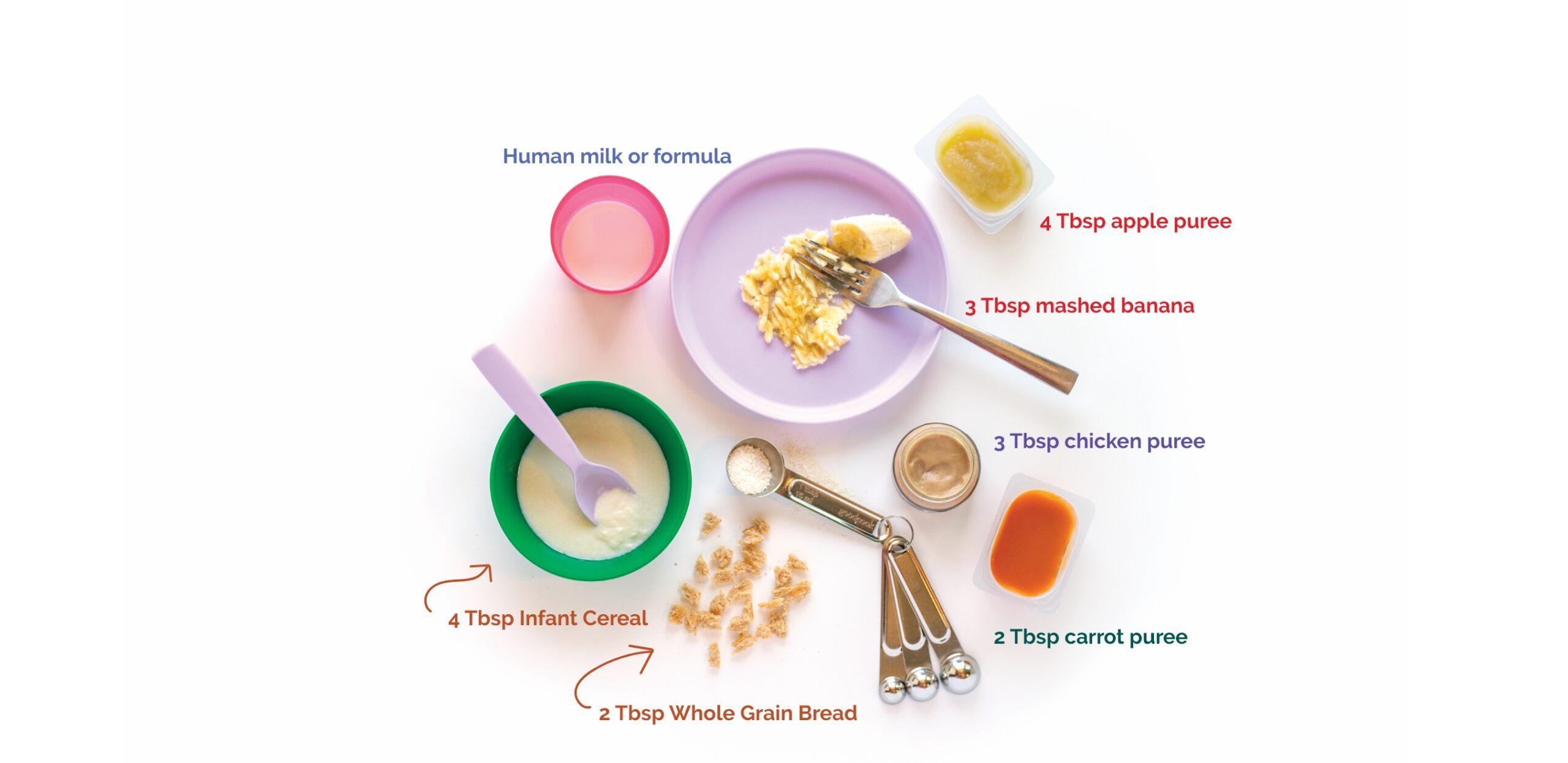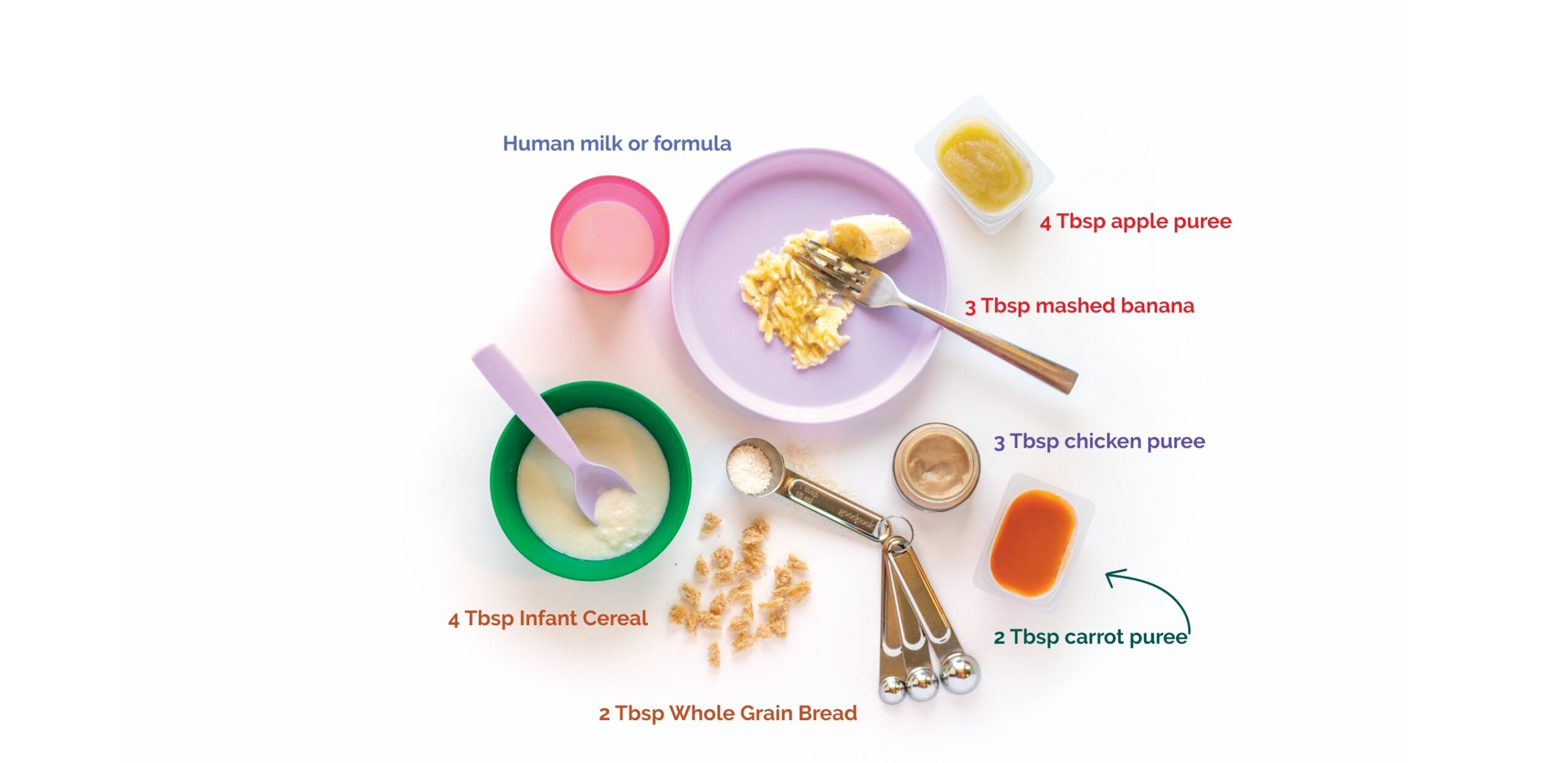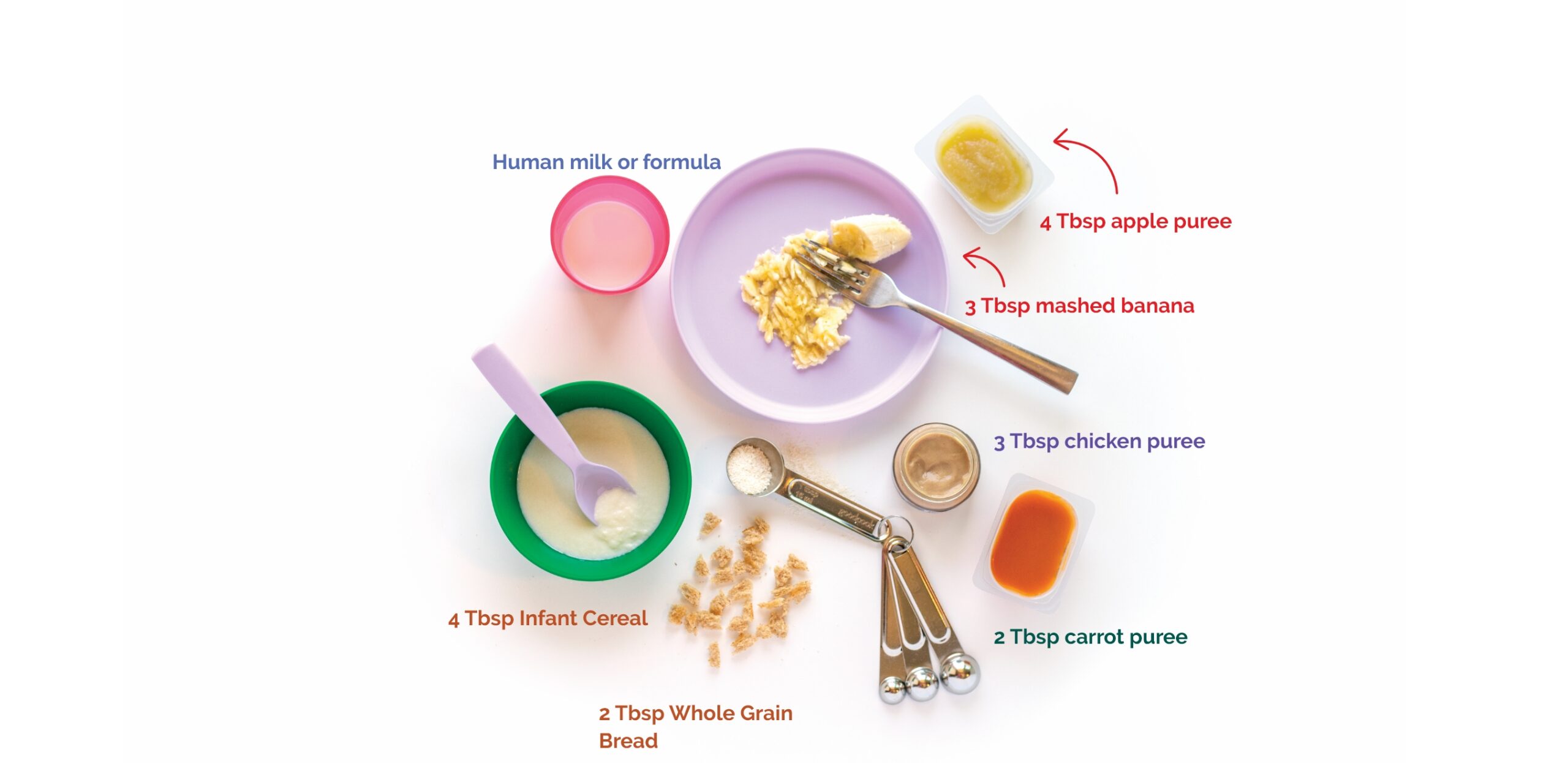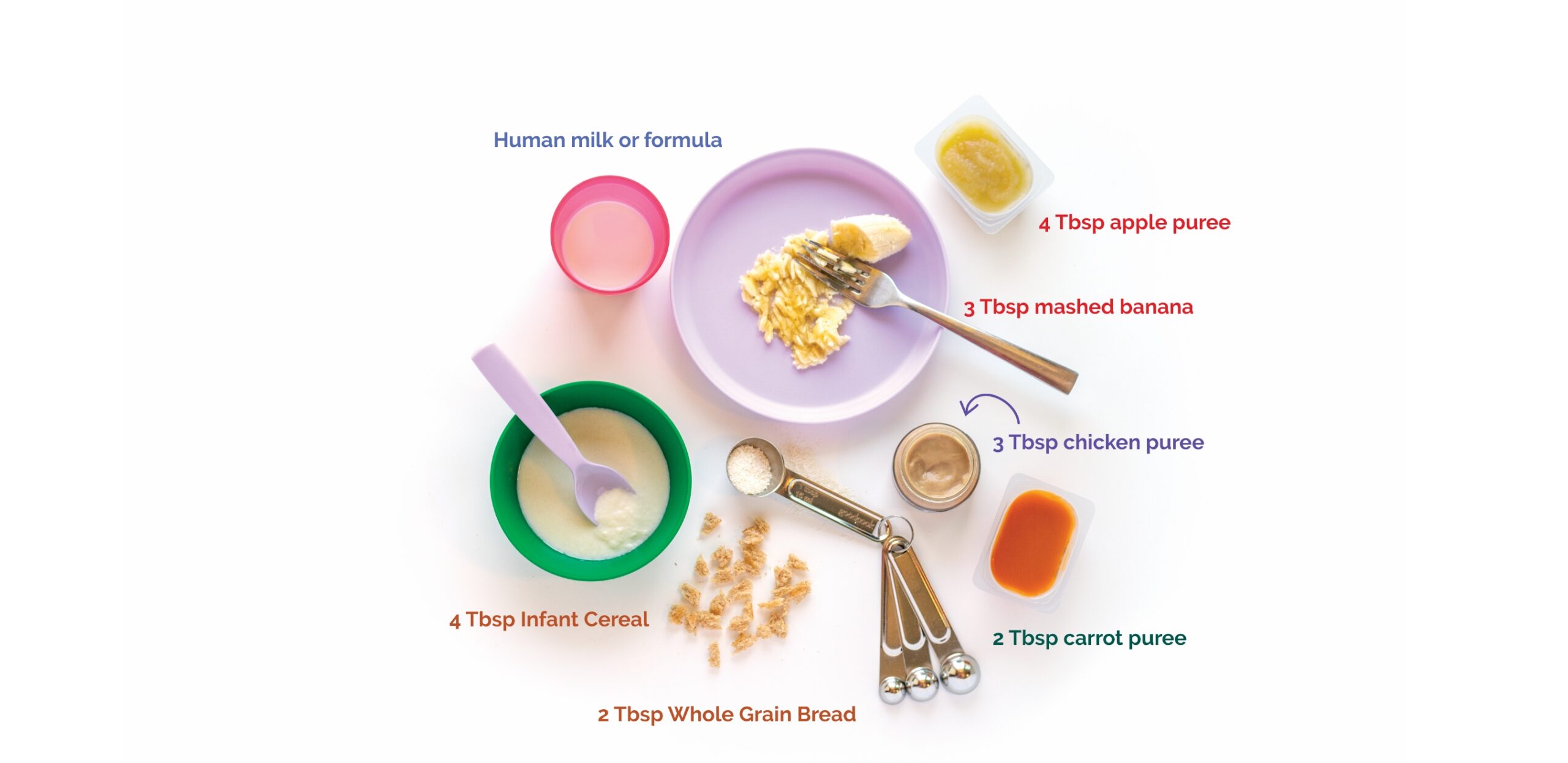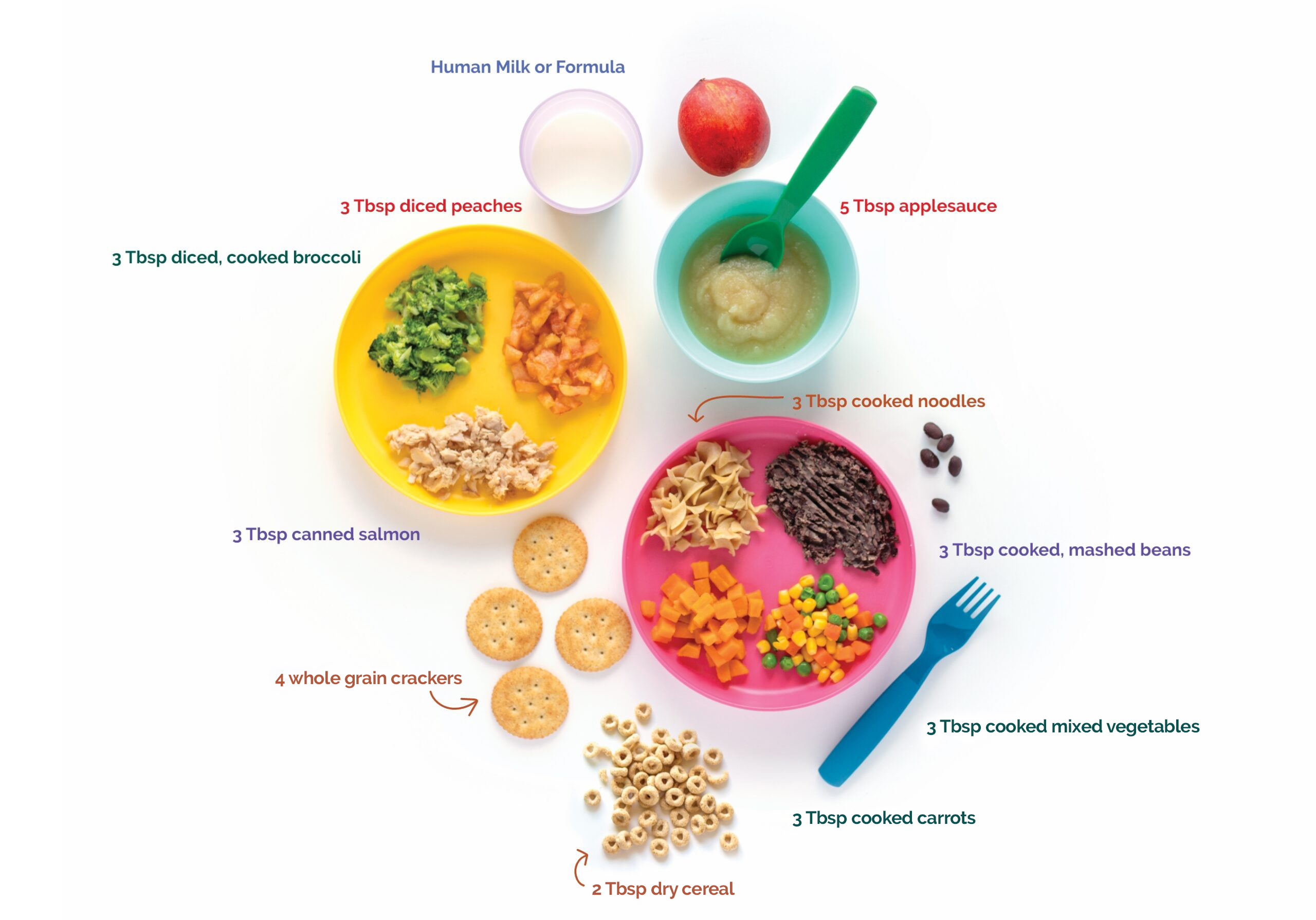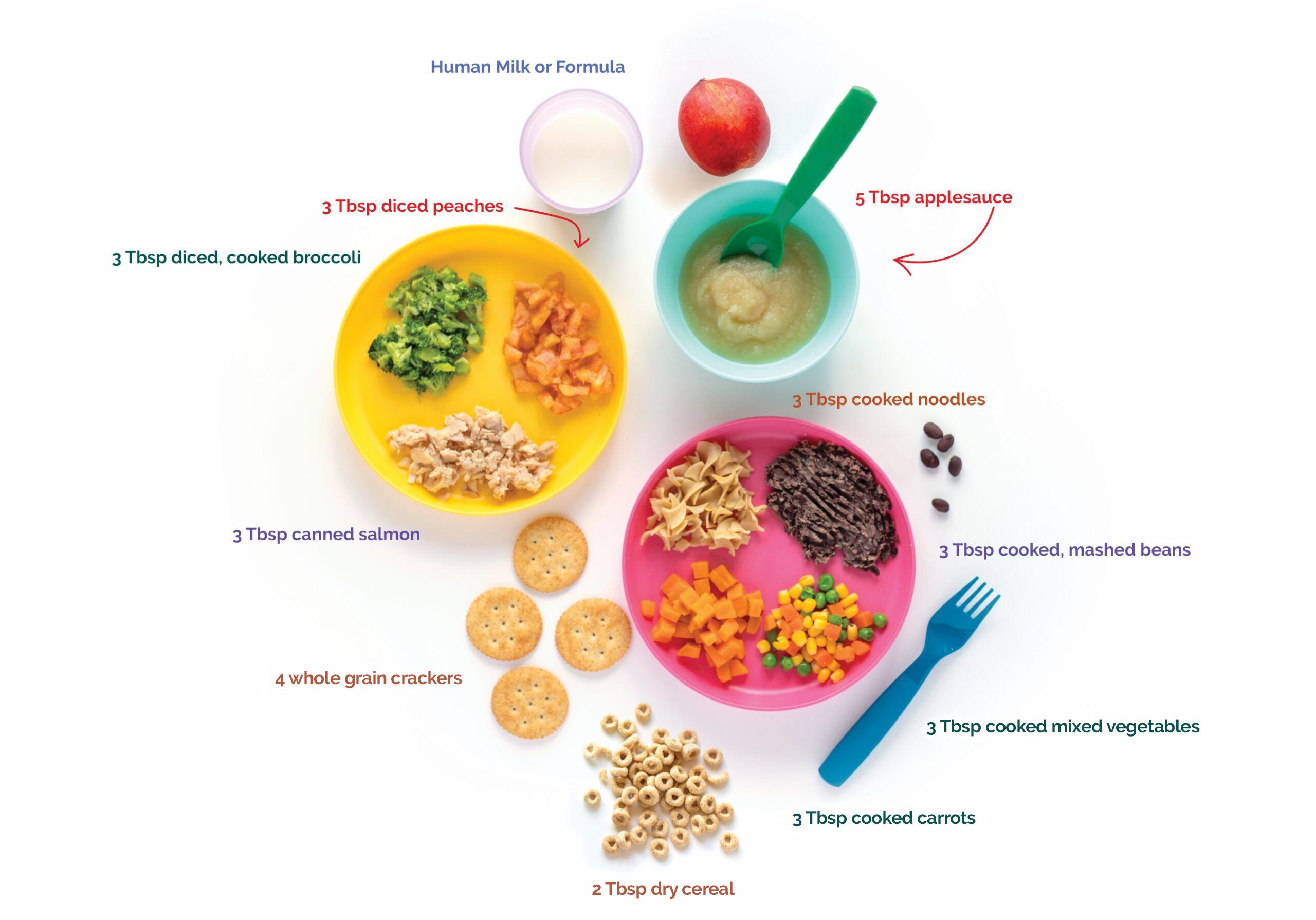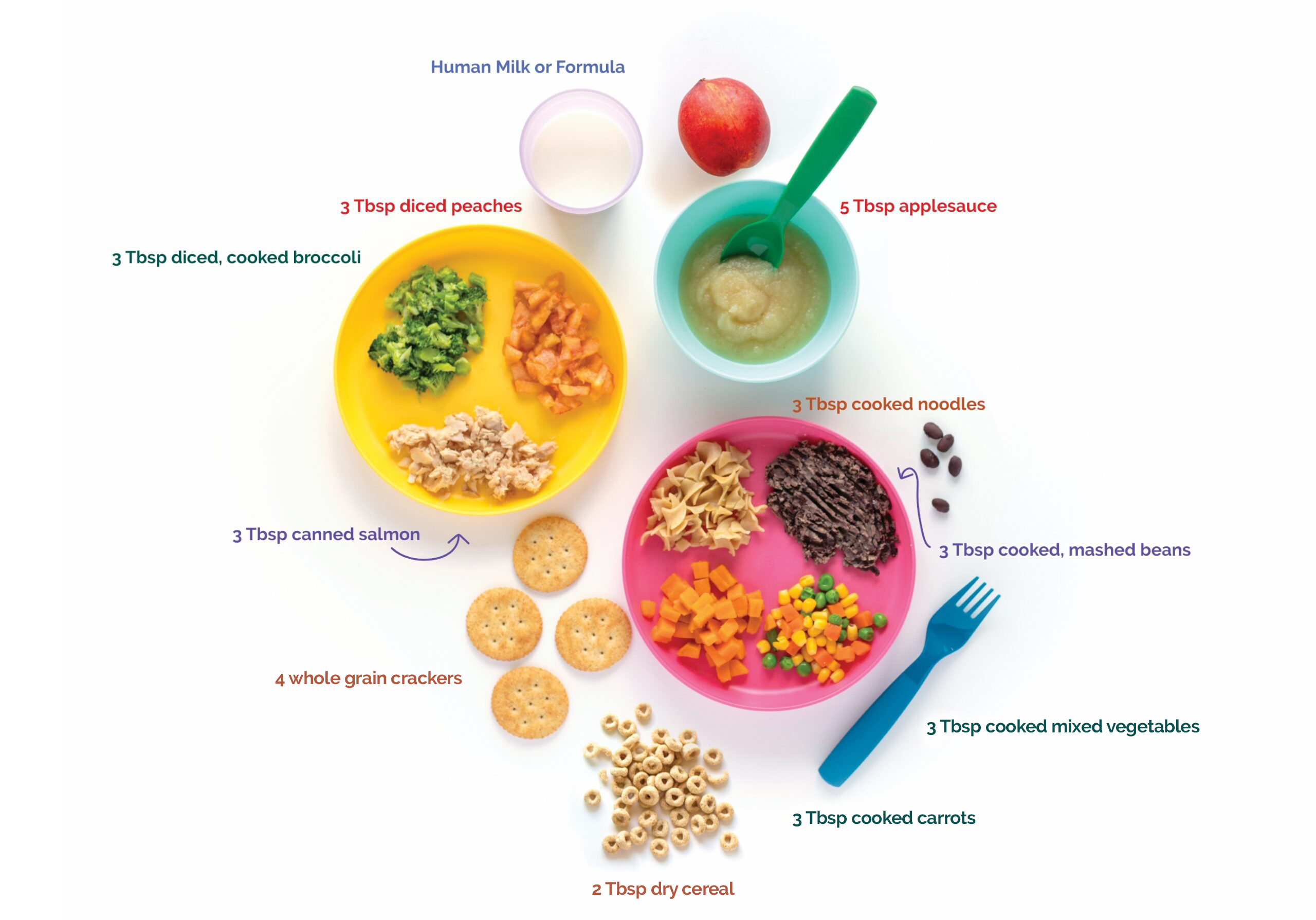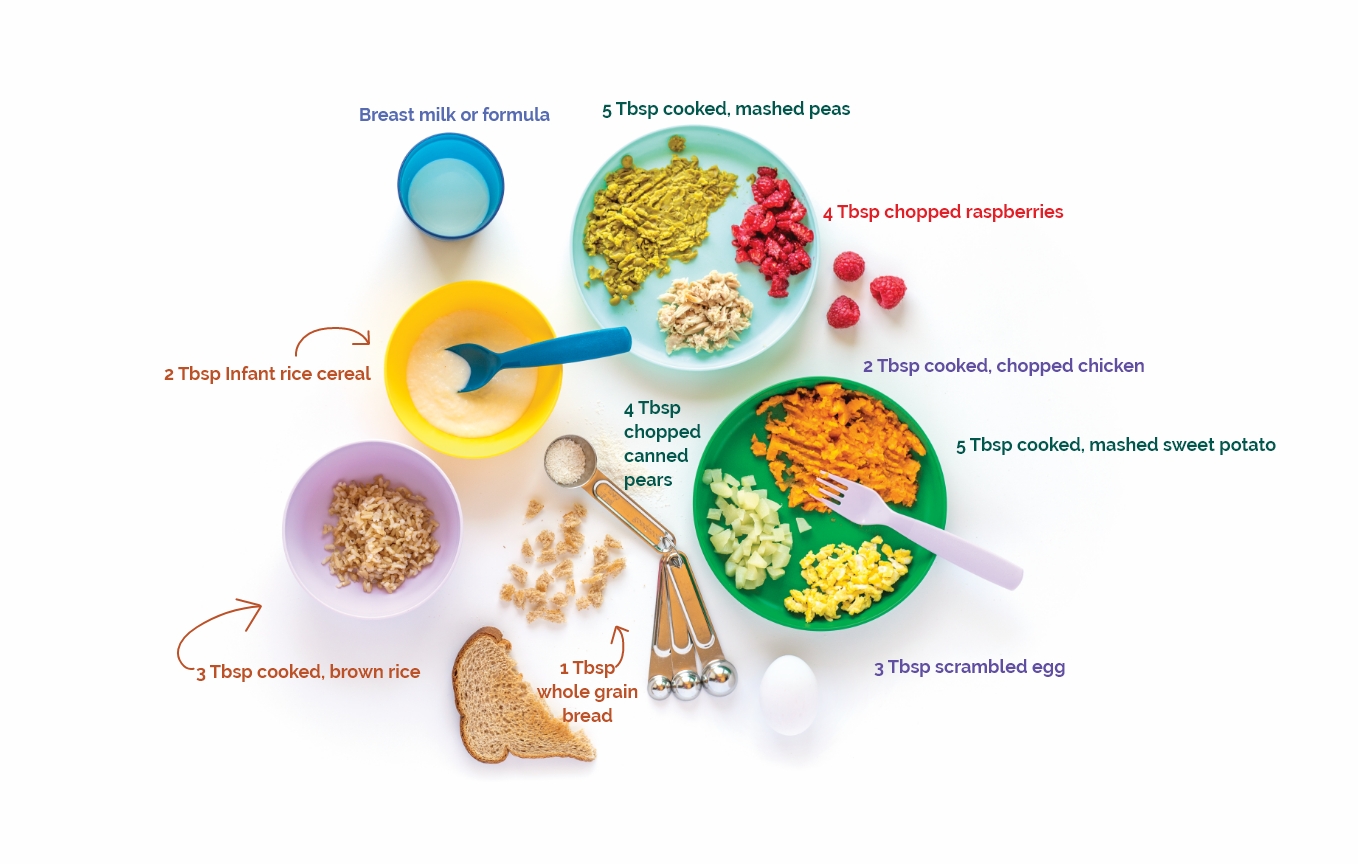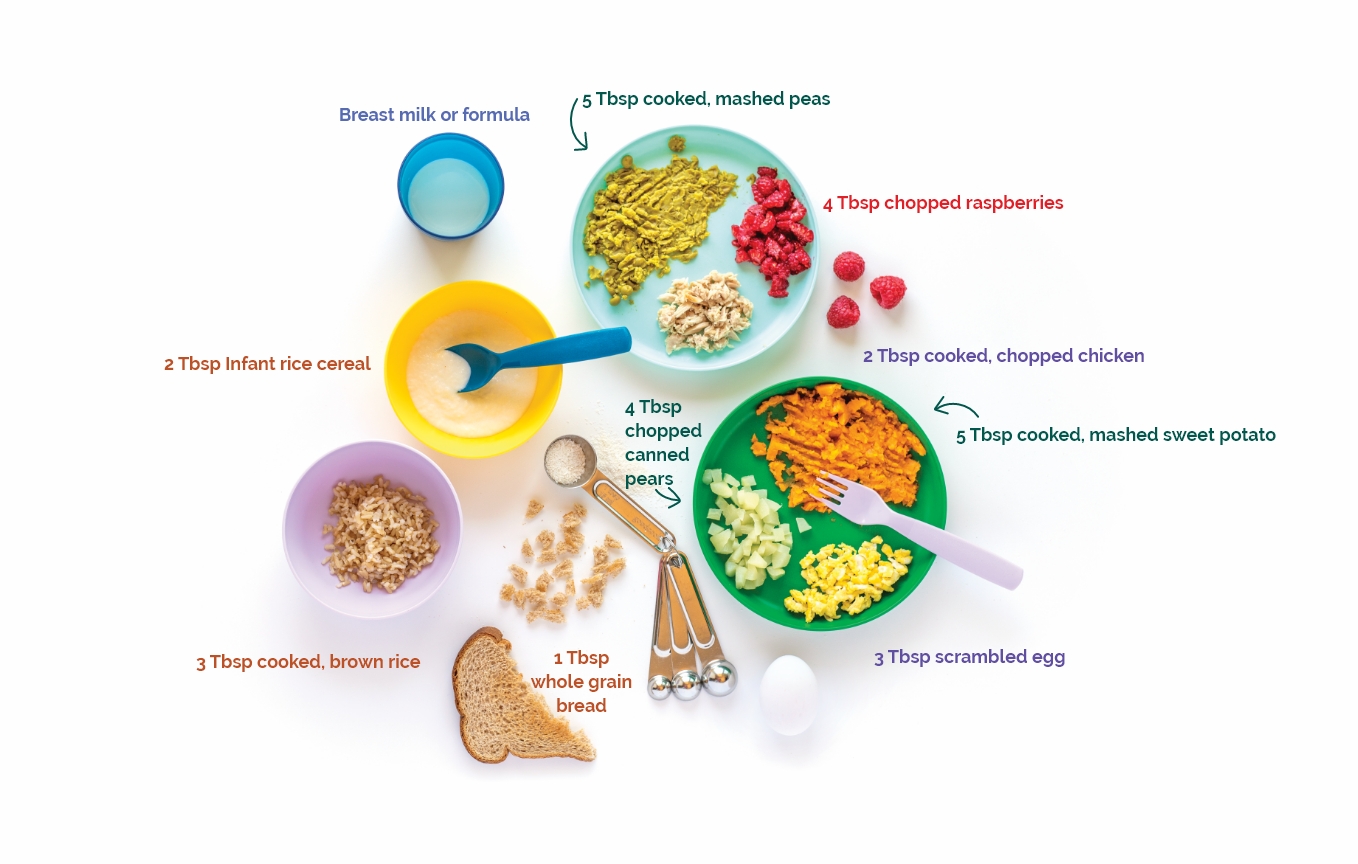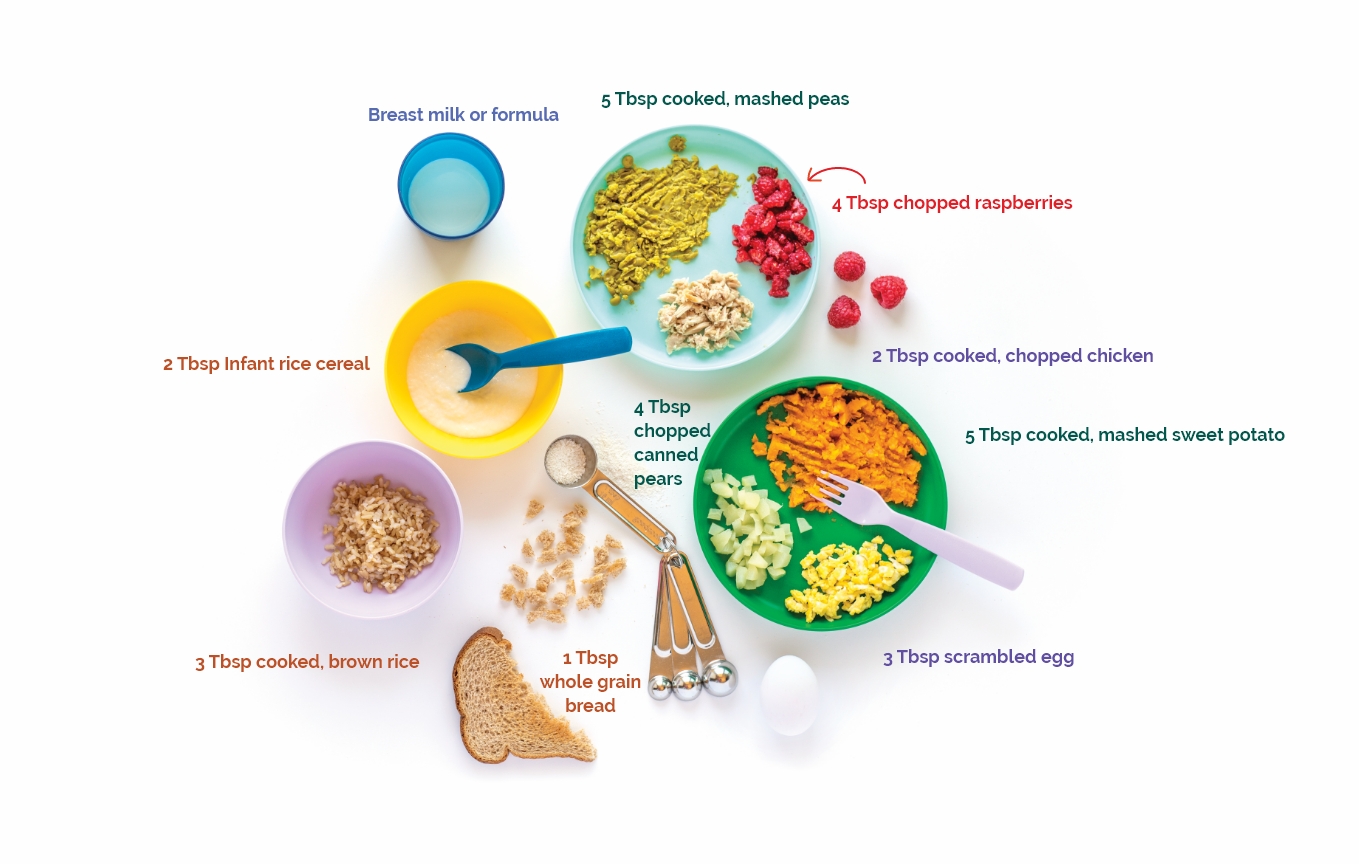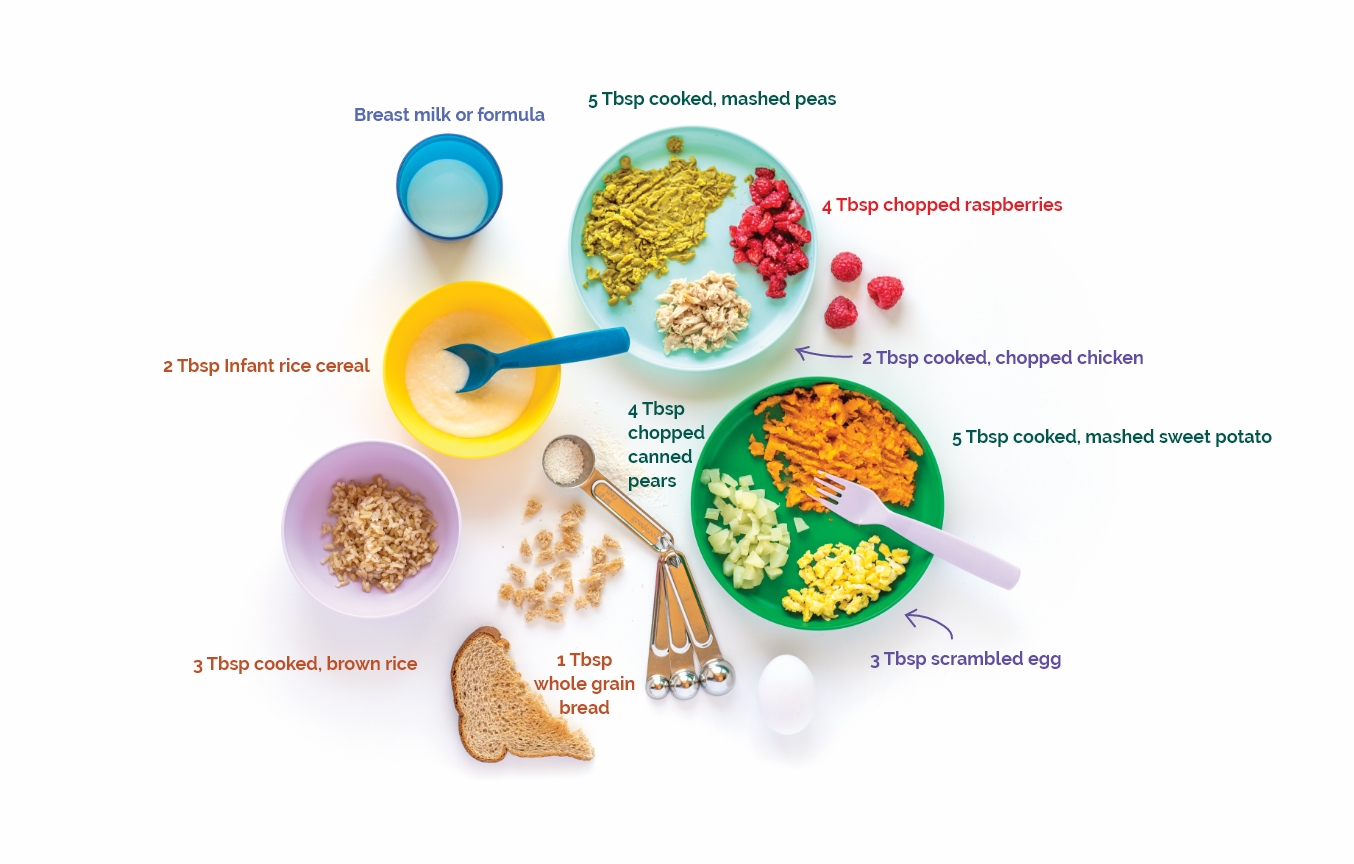Being three is fun for me!
I am curious and may ask a lot of questions. I need your help to LEARN NEW THINGS.
I MAY BE a choosy eater at times.
I might like a food one day, but not the next. It’s okay if I eat a lot sometimes, and not very much at other times. Some days I may be hungrier than other days, this is normal. I will eat when I am hungry.
I may be cautious about eating new foods. I might need to see a food 10 or more times before I learn to like it. Please keep offering it, but don’t force me to eat.
REMEMBER…
- Your job is to offer a variety of healthy foods and decide what time we will have our meals and snacks.
- My job is to decide if, what, and how much I will eat from the food choices you provide.
I NEED YOU TO TEACH ME…
- How to behave nicely at the table.
- When I should say “yes, please” and “no, thank you”.
- I cannot only eat my favorite foods (all the time).
- It is not ok to whine, cry, or get upset when I see new food.
HERE’S WHAT WILL HELP:
- Have sit-down meals and snacks at regular times so I have the chance to eat every 2 to 3 hours.
- Only offer water in between meals and snacks.
- Offer at least one food I like at each meal and snack.
- Only allow eating and pleasant conversation at the table. Turn off the TV, computers, and phones. Talk with me about the day.
- Show me how to be a good eater. Seeing you eat healthy foods makes me want to try them too.

Here are some examples of what meal and snack portion sizes might look like on my plate.
Breakfast
½ sliced orange
½ cup diced bell pepper
½ cup water
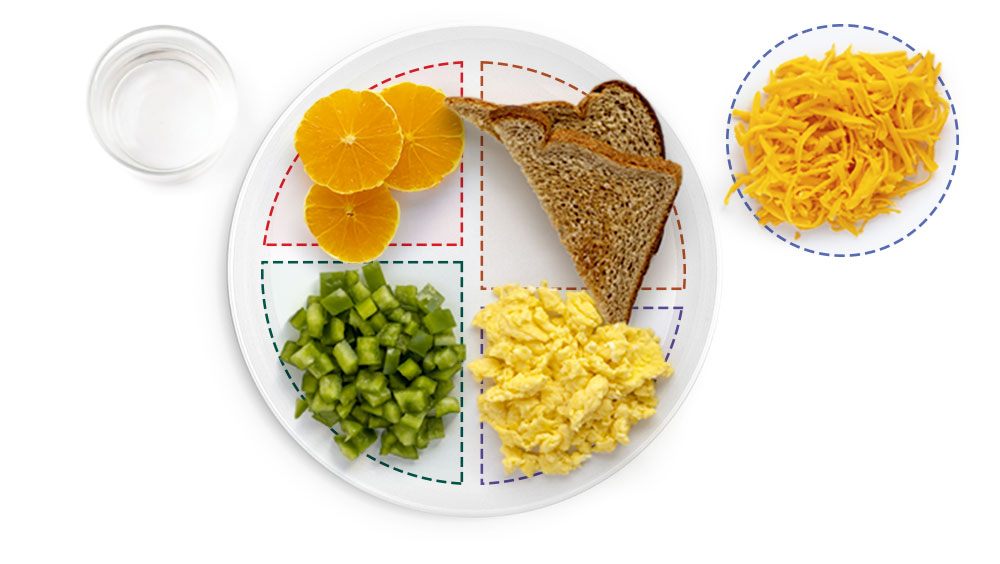
1 slice, cut up whole grain toast
1 cooked, scrambled egg
½ cup shredded cheese
Lunch
½ cup sliced in half grapes
½ cup cooked, sliced carrots

½ medium whole grain pita bread
with 1 ounce sliced, lean deli turkey
with 1 slice cheese
½ cup water
Snacks
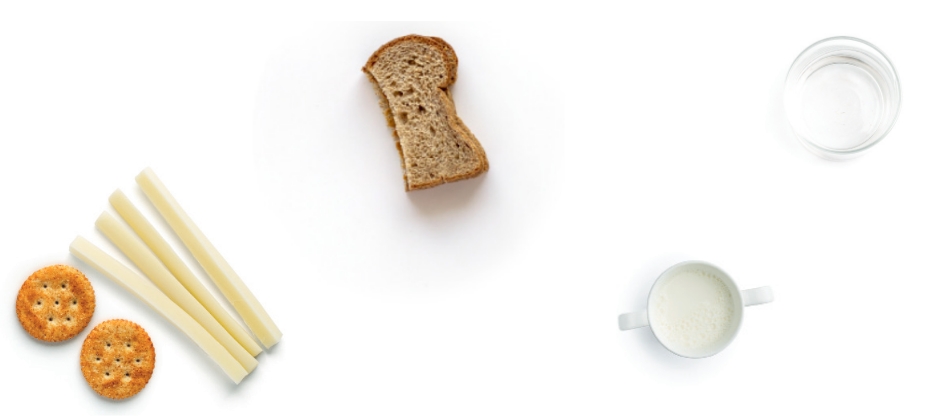
2 or 3 whole grain crackers
with 1 stick string cheese, quartered lengthwise
1 slice whole grain bread
with 1 tablespoon peanut butter spread thin
½ cup low-fat milk
water between meals and snacks
Dinner
½ cup sliced pear
½ cup cooked, diced mixed vegetables
½ cup low-fat milk
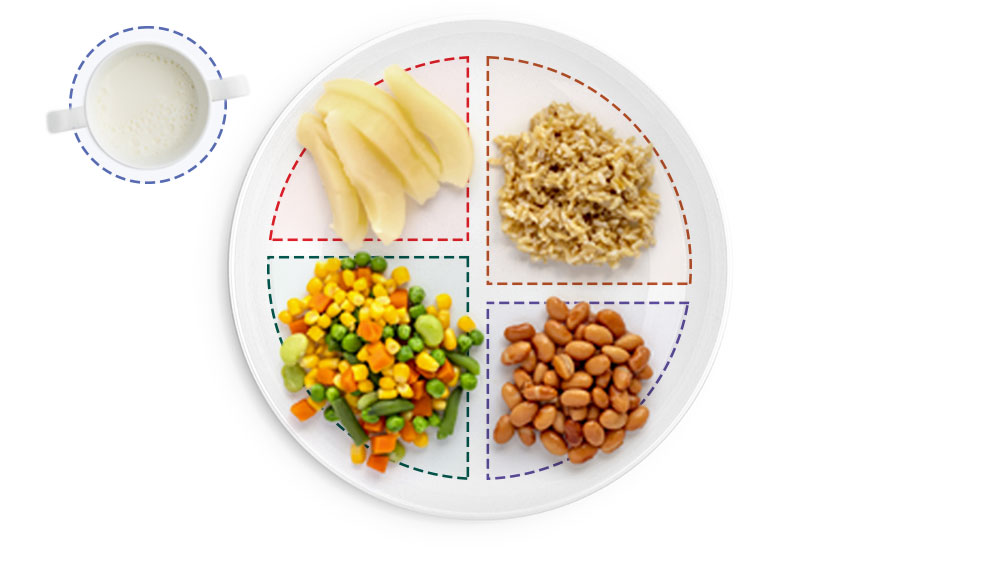
¼ cup cooked brown rice
¼ cup cooked pinto beans
Daily suggested food group amounts
FRUITS
3 servings a day – 1½ cups total
1 serving = ½ cup
Cooked or soft, raw fruit.
Mashed, sliced, or chopped.
Offer a variety: red, yellow, orange, blue, and green.
VEGETABLES
3 servings a day – 1½ cups total
1 serving = ½ cup
Cooked and mashed, sliced, or chopped veggies.
Offer a variety: dark green, orange, red, yellow, and purple.
GRAINS
6-8 servings a day – 3-4 ounces total
1 serving = ½ ounce
Whole grain bread, tortillas, rice, noodles.
Dry or cooked cereal.
PROTEINS
3-4 servings a day – 3-4 ounces total
1 serving = 1 ounce
Cooked lean meat, poultry, or seafood.
Eggs.
Cooked beans, peas, or tofu.
Peanut butter.
DAIRY
5 servings a day – 2½ cups total
1 serving = ½ cup
Low-fat or fat free milk.
Yogurt.
Cheese.
Look what I can do!
- I can help! I feel happy when I help you make meals. I am more likely to taste what I helped create too.
- I am learning how to fold and wrap. I can help fold dish towels.
- I am learning how to pour. I can help pour water into plastic cups.
- I can use a big spoon to help stir pancake or muffin batter.
- I can shake things using two hands, like plastic bottles of salad dressing. Make sure lids are on tight!
- I am learning to spread. I can help spread peanut butter and jelly on slices of bread using a dull, plastic knife.
Keep me safe and healthy
Take me to the doctor for my check-up.
Help me brush my teeth 2 times a day and floss daily.
We need to wash our hands often. Teach me how to wash my hands with warm water and soap. I need to wash them for 20 seconds, or the time it takes to sing “Row, Row, Row Your Boat.”
I need simple rules. Set limits on when, where, and how often we have screen time. Talk about what I’m learning as we watch together, and keep me safe from what I shouldn’t see. Let’s focus on each other during meals and snacks, not a screen.
